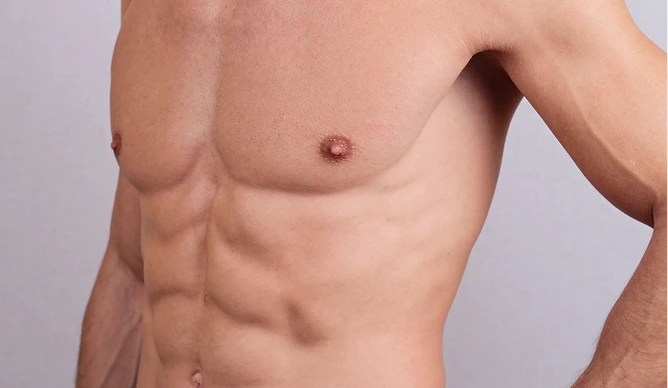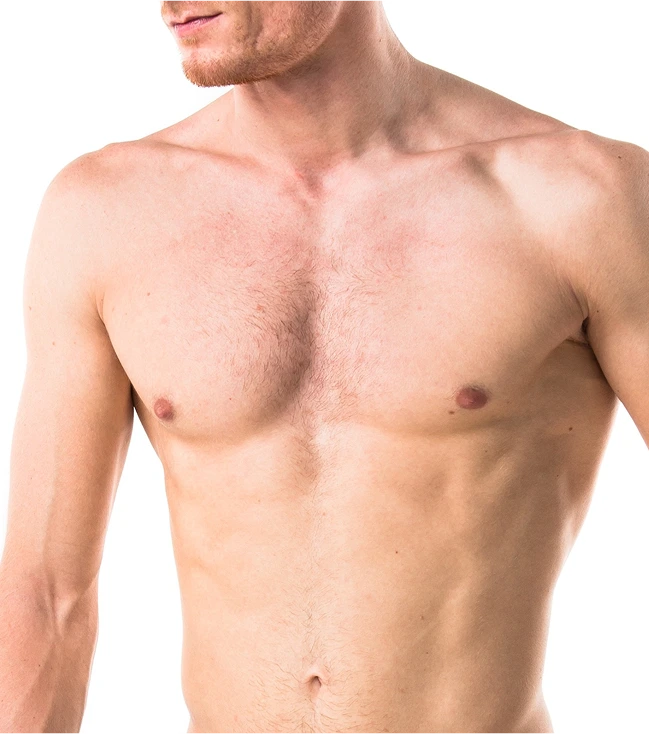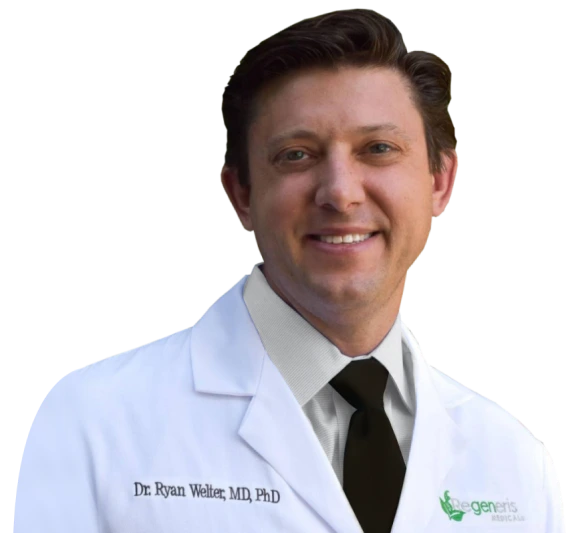-

Our Transplant Solutions
-

Our Transplant Solutions
Table of Contents

A chest hair transplant is a cosmetic treatment that involves relocating hair follicles from donor areas to the chest to enhance growth. The procedure uses techniques similar to those utilized in scalp hair transplantation, such as follicular unit extraction (FUE) or follicular unit transplant (FUT), adapted for chest aesthetics. Dr. Welter carefully places individual hair follicles in patterns that mimic natural hair distribution, considering factors like density, direction, and overall appearance. Chest hair transplants typically take 3 to 8 hours to complete, depending on the extent of coverage desired and the number of grafts.
FUE and FUT are two distinct approaches to hair transplantation. FUE involves extracting individual hair follicles directly from the donor area using a small punch tool, creating tiny circular scars that become virtually invisible once healed. In contrast, FUT requires surgically removing a strip of tissue containing hair follicles from the donor site. The tissue is dissected into individual grafts for transplantation, leaving a single linear scar.
FUE typically offers quicker recovery with minimal discomfort and allows patients to wear very short hairstyles without visible scarring. On the other hand, FUT generally permits harvesting more grafts in a single session and may be more cost-effective for extensive transplantation needs. The choice between these techniques depends on factors including the patient’s hair characteristics, desired outcome, budget considerations, and willingness to accept different scarring patterns, with each method having distinct advantages depending on individual circumstances.

The treatment process begins with a comprehensive consultation with Dr. Welter. During this initial assessment, he evaluates the patient’s existing chest hair pattern, donor hair availability, and expectations regarding density and coverage possibilities. Medical history review is a crucial component of this preparation phase, with particular attention to factors that might affect healing or hair growth, such as underlying health conditions, medications, smoking habits, and previous experiences treating hair loss.
Before the procedure, patients typically receive instructions to avoid blood-thinning medications, alcohol consumption, and smoking for a specified period to minimize bleeding risks and optimize graft survival. Laboratory tests may be ordered to ensure the patient is in good health for the procedure, while photographs are taken to document the pre-transplant condition for comparison purposes. Dr. Welter recommends specific hair care protocols before the surgery to ensure optimal donor area condition and recipient site preparation.
The chest hair transplant begins with anesthesia to ensure the patient’s comfort throughout the procedure. Typically, local anesthesia is used to numb the donor and recipient areas, allowing the treatment to proceed without discomfort. Sometimes, a mild sedative may be administered to help the patient relax. This ensures that the individual remains at ease while the hair restoration procedure is performed with precision.

Chest hair transplants effectively restore hair in areas with sparse or nonexistent growth, creating a fuller, more masculine chest appearance. The procedure utilizes healthy follicles from donor sites that maintain their genetic resistance to shedding, ensuring continued development in previously barren regions. Unlike topical solutions that require ongoing application, transplanted follicles establish themselves permanently in the recipient area, offering a definitive solution to fill in patchy chest hair or completely restore hair where none previously existed.
Regeneris Hair revolutionizes chest hair transplantation through Dr. Ryan Welter’s pioneering approach, combining biochemistry expertise with clinical innovation. His microFUE technique employs sub-millimeter punches that create virtually undetectable extraction sites, preserving the natural integrity of both donor and recipient areas. Unlike conventional transplant providers, Regeneris Hair integrates advanced cellular therapies, including high-density platelet-rich plasma (HD-PRP) and stromal vascular fraction (SVF) treatment, which enhance follicular vitality and encourage robust growth patterns. Dr. Welter’s dual academic background with doctorates in medicine and biochemistry enables him to approach hair restoration from a uniquely comprehensive perspective, applying cellular regeneration principles across all treatment areas, including chest and facial hair zones.
